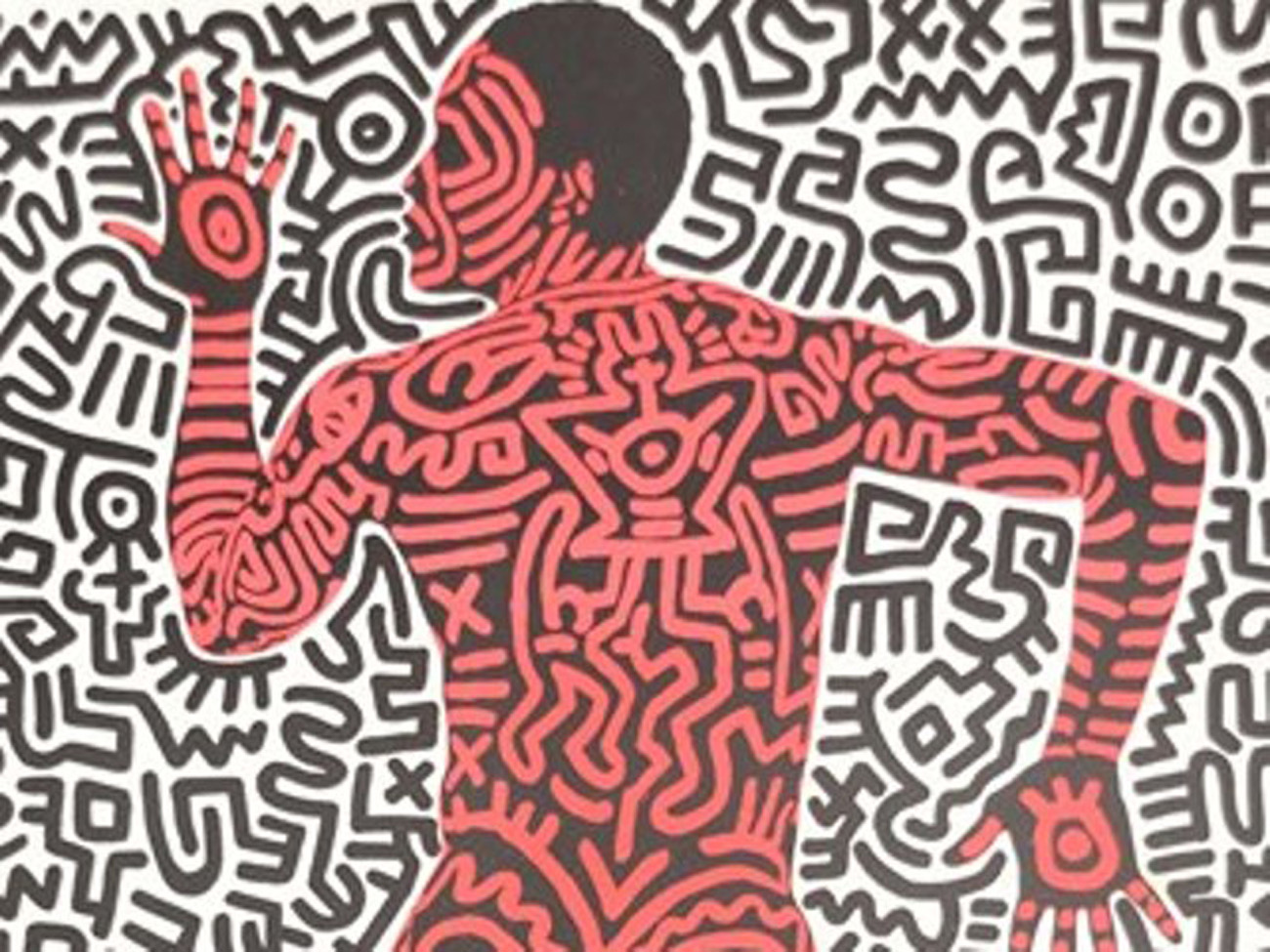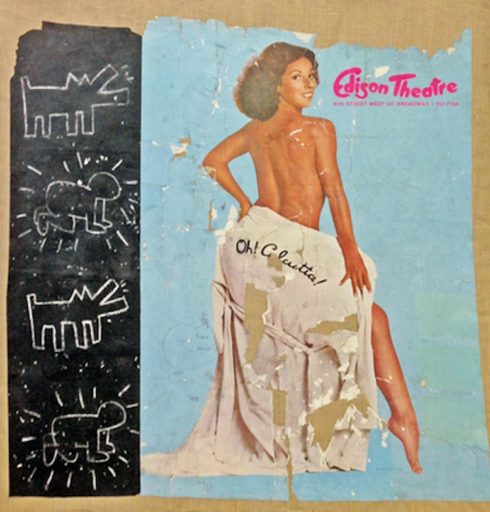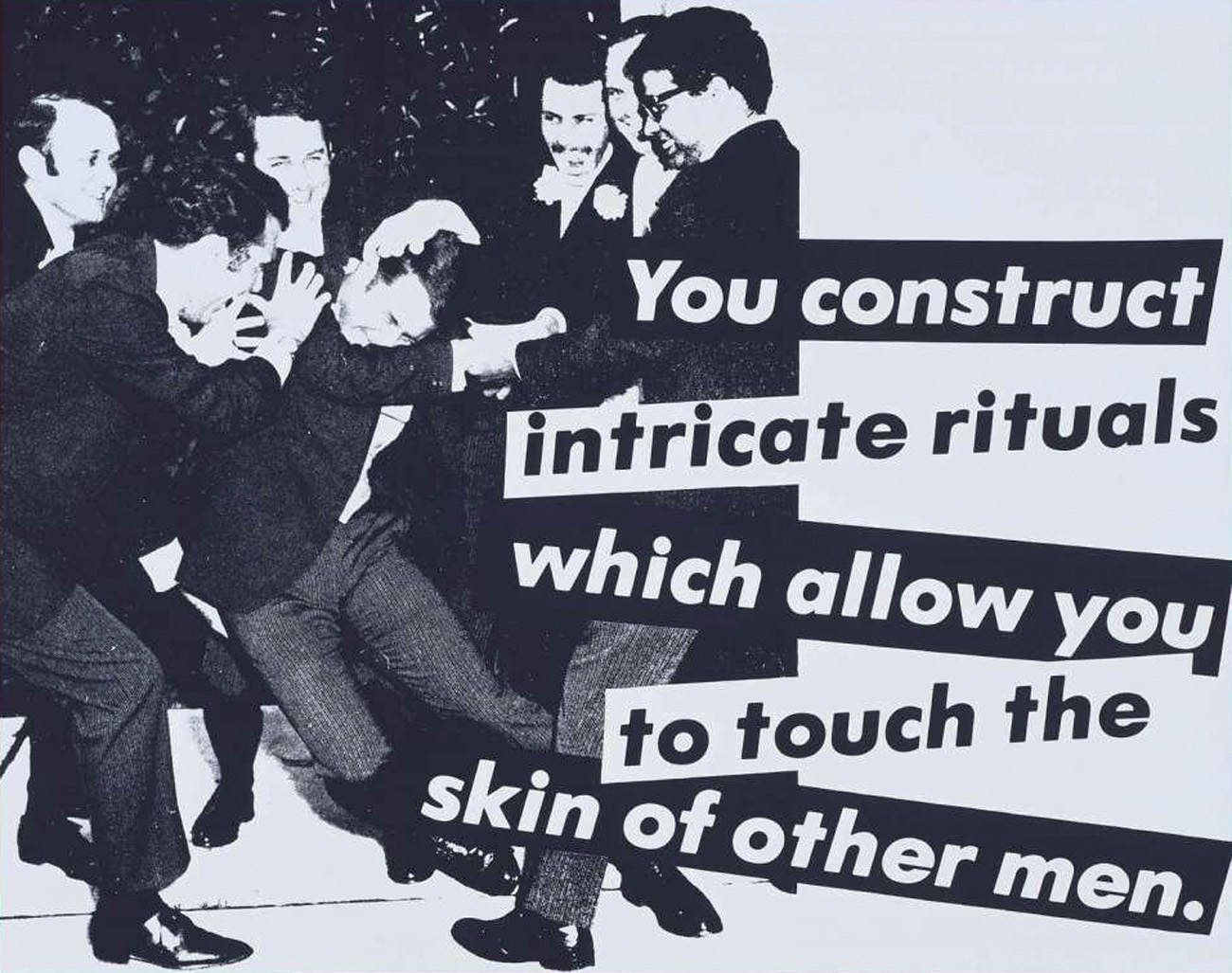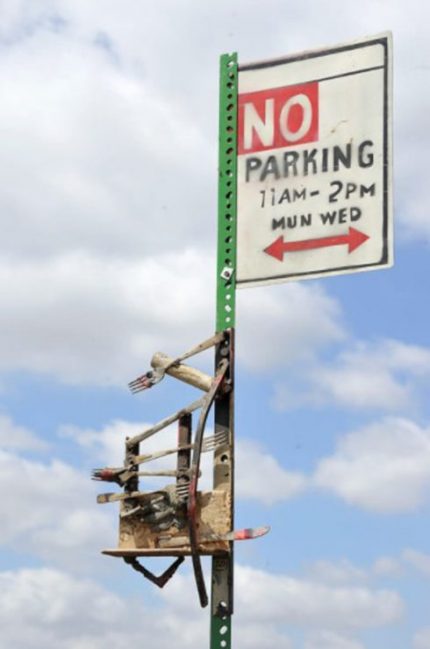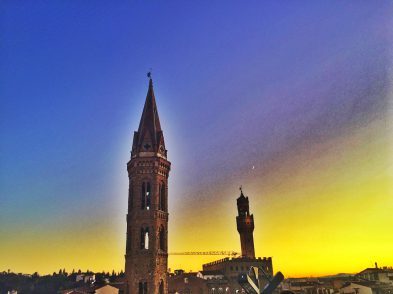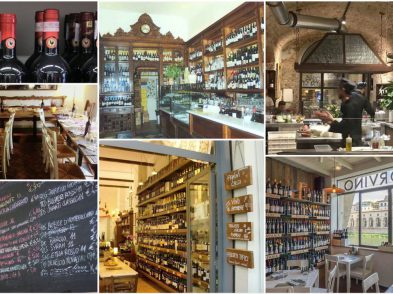Kent and Jackson State shootings, The Pentagon Papers, Watergate, Roe v. Wade, the Vietnam War, Harvey Milk’s assassination, Elvis Presley’s death, the Jonestown Massacre. While these events defined the 1970s, they represent a sliver of the changes that hit America that fateful decade. Therefore, when Tuscan-born street artist Paolo Buggiani says, “When I returned to New York in the late ‘70s, there was a sort of revolution in the air,” it’s not hard to see where he’s coming from.
As revolutions and protests demanded change in American streets, graffiti artists pasted, sculpted, painted and tagged their art onto the New York City landscape. Richard Hambleton, Ken Hiratsuka, Jenny Holzer, Barbara Kruger, Les Levine, David Salle, Keith Haring and indeed Paolo Buggiani stand as some of the best-known street artists of the 70s and 80s. Thanks to dutiful collection by the latter, a selection of these creatives’ works are displayed on the ornate walls of Florence’s Palazzo Medici Riccardi until April 3, 2018, exposing New York’s decades-old societal movements and reflecting them back onto contemporary culture.
The exhibition
Made in New York: Keith Haring, Paolo Buggiani and co. begins with a collection of Pennsylvania-born artist Keith Haring’s subway drawings. Between 1980 and 1985, Haring drew chalk sketches whenever he saw black paper up in New York City stations. He drew at least 5,000, meaning practically every New Yorker saw them. While many of these drawings were covered over by advertisements, some were collected and are on view in museums and homes.
Haring’s chalk sketches feel magnetic: consider fragility and clear symbolism. In the chaos of NYC’s subway system, not only are you confronted with crowds but also information: Pac-Man chomping down on pink and green ghosts, Benjamin Franklin at an Apple computer, an Indiana Jones-type lighting a Camel, Coca-Cola, Downy, McDonald’s and Budweiser. Nestled in a commercial onslaught is a chalk drawing on black paper. Maybe you see the outlines of dogs worshipping a pyramid, people holding hands or a spaceship abduction. You might not be sure what it means, but you know it means something—and you know it’s fragile. A firm hand or a person leaning back could wipe that message away in a flash. You could do that if you wanted. With it brings power.
Oh Calcutta subway drawing, Keith Haring, 1982
Then comes the message. Known for popular accessibility, Haring’s art often commented on LGBTQ love, drug addiction, U.S. propaganda and AIDS. Two pieces feature the Broadway poster Oh! Calcutta! with a bare-backed woman holding a robe at her waist, giving a backward glance. The American artist drew four dogs barking at each poster as if to criticize the idea of “sex sells,” as implied by the work’s title Critique on Nudity.
A couple of rooms later, Barbara Kruger takes a more direct approach. Her untitled work features six men in suits laughing and jostling with a male friend’s hair and shoulders. Beside the poster reads, “You construct intricate rituals which allow you to touch the skin of other men.” This message seems as poignant today as when it was published in 1981.
A neon-intensive piece lines the wall across from Kruger’s work. David Salle’s Sell Yourself, which appears unassuming compared to the Oklahoma native’s more common, multi-layered contemporary paint collages, features three people in glasses and similar outfits on a green background. Are these people selling themselves to consumerism?
Or to what others say we are “supposed” to be? Perhaps a little of both. The prominent colors, glazed expressions and comically alike outfits hint at that message, especially considering the leagues of advertisements this poster likely hung alongside.
While these artists all used symbolism, Paolo Buggiani’s mythical references hit you in the face. Imagine a man dressed as a flaming metal Minotaur, half-bull, half-man, in the streets of New York? Or Buggiani skating down a highway with a sail alight? Or a fiery bike spelling out “Why?” soon after the invasion of Iraq? These symbols plunged onlookers into an alternate reality. Historically, mythology recalls that we face difficulties akin to our ancestors. Buggiani brought this idea to the forefront, calling people to change the reality in which they lived. Late 1970s New York City was saturated with airborne revolution. When street artists chalked art in subways, rode it through highways and taped it over advertisements, they made sure everyone else felt the revolution too.
Before you leave Made in New York, look at the mirror below your feet. AIDS, LGBTQ hostility, addiction, consumerism, cat calling, nudity: aren’t these the same issues we face today?
Made in New York: Keith Haring, Paolo Buggiani and co.
Originally until February 4; recently extended until April 3, 2018
Palazzo Medici Riccardi
Via Cavour 3, Florence

